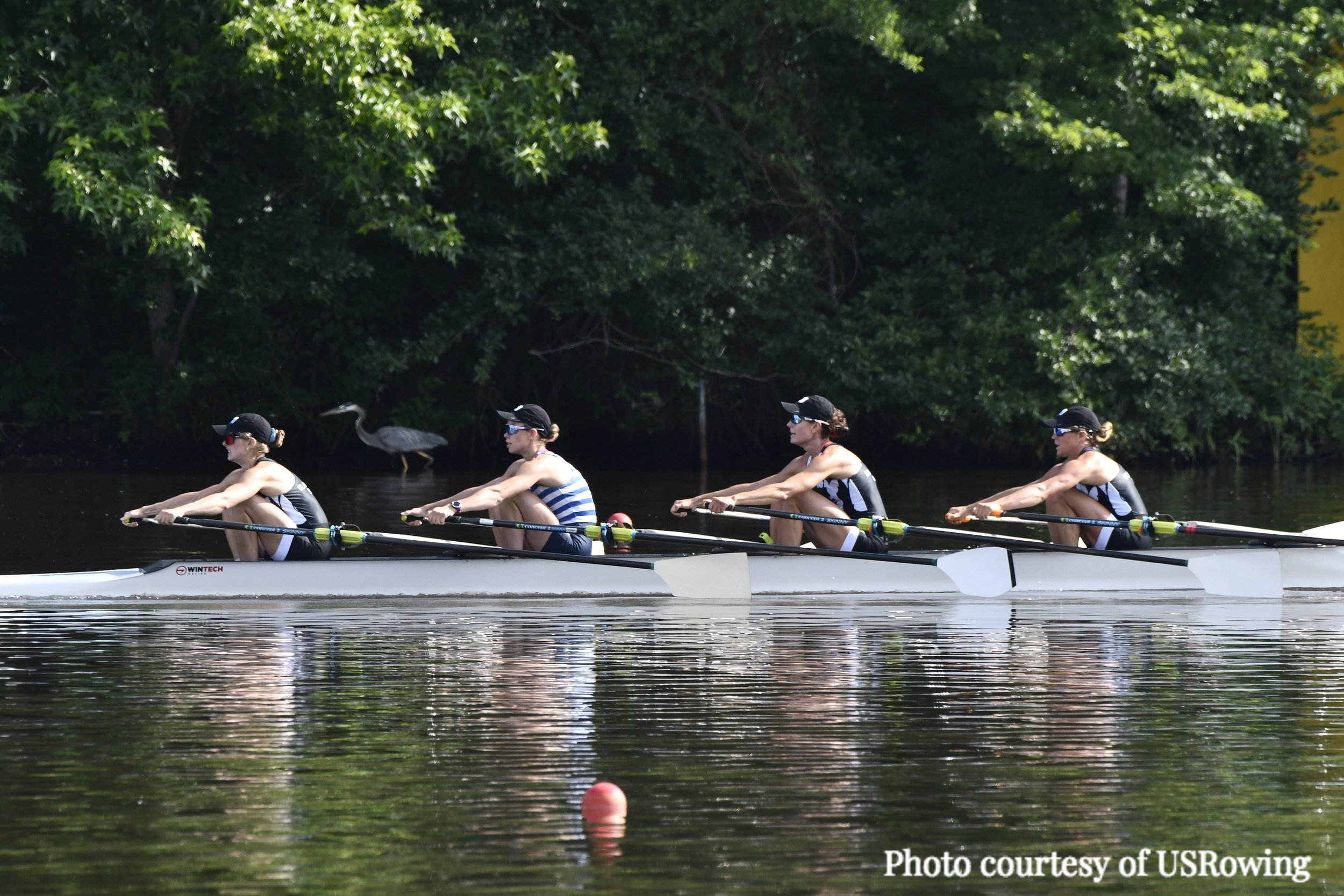Andrew Hashway strikes a pose.
Tell us, how did you get started in rowing?
I started rowing my freshman year at Saint John’s high school in Shrewsbury, MA; one of my friend’s parents thought it would be nice for all of the kids from our town to participate in the same sport. Seeing as no one really has any prior experience with rowing before high school, it was a level playing field for us all. I also knew that I was not a superstar on my baseball or football teams, so I figured why not. I do remember that one thing I was not happy about was that fact that I had to wear spandex to participate… oh how times have changed!
When did you join Riverside?
I joined Riverside in the summer of 2007, partially due to a strong suggestion from Will Allen. He had rowed with me at college and knew my personality and drive and said that if I took a year off to do the backpacking trip I had planned to do in Asia, I would fall behind. So I decided I loved rowing enough to continue at a higher level, thus Riverside was the place to be, especially considering that same year the Senior World’s Lightweight Men’s Eight had been developed and qualified from Riverside, I felt that it was a good decision.
Tell us a little bit about the qualification process for World Championships.
For this year’s Senior Lightweight 8, our coach (and CRI Director), Bruce Smith employed two major tools to determine seat racing. The first is the PowerView, which is a fabulous tool that is even used in NASCAR and it can measure almost any little movement from the acceleration of the boat on the drive and recovery, to the amount of check that is produced just by getting the hands away faster or slower on the recovery. It is truly a miraculous tool. The second is the SmartOar, which is run by an RBC alum, Greg Ruckman. It was the main tool in deciding who made the boat. Essentially, it is a system that can measure the length of the stroke, the power curve created by the oarsman, the power produced as well as the stroke rate. By doing set distances and or timed pieces, Bruce and Devin, our assistant coach, were able to calculate the effectiveness of each oarsman at any given moment in the boat and then from there, choose the best-qualified rowers in the camp.
Once we handled the seat racing and internal selection process, we had to head to Princeton, NJ to race another lightweight men’s eight from Vesper, which was comprised of some rather talented rowers. Since there were only two entries, the first race was a race for lanes. We both went down the course head to head in order to determine which crew would be in the more “favorable” lane, as determined by the weather conditions on the day of the final. On the finals day, it was winner-takes-all and whoever crossed the line first, had earned the privilege to represent the United States at the 2012 Non Olympic World Championships. It goes without saying that I was very glad we had come out on top, but felt sad for a few of the guys in the Vesper eight, who I felt deserved a seat in our boat.
Tell us all about your experience in Plovdiv.
I arrived on a Sunday with the rest of my team, we flew from Logan International to Heathrow, England, then to Sofia, Bulgaria.
The course was rather nice, all man made and sort of surreal… I’ve seen the course from Worlds videos, but to be on the actual course felt weird. As the first day of the regatta came closer and closer, the course got crazier and crazier, I would liken it to the week leading up to the Head of the Charles. Every inch of that course was pulsating with elite rowers just trying to get their own workouts in as effectively as they could. It sort of felt like being home on the Charles when BU, MIT and Harvard all decide to take their entire fleets out at the same time. Lots of rough water and dodging oars and wakes.
In my off times I tried to unplug from rowing. I watched videos I had on my laptop, read a few articles about Bulgaria along with re-reading favorite parts of the book Assault on Lake Casitas, checked out what was going on in the States and of course, I slept like it was going out of style. My pre/post practices were spent plugged into my iTouch. I had all four of Dave Cooks comedic CD’s going, you just can never have too many funny jokes in a stressful situation. I also had some of my famous “angry” music to get me focused up before races. Anyone who has erged in the winter with me knows the style of music I enjoy getting ready to.
After races I did get to see parts of Plovdiv. I walked around some of the Roman ruins as well as some statues that were erected during the Soviet Union’s rule over the area. One particular statue was atop a massive hill which overlooked the vast mountain scape, quite picturesque.
What was the race progression for your event? Did you have any memorable moments during any particular race in Plovdiv?
There were two roads to the finals, the short way and the long way and we ended taking the latter. The long way involved a heat on the first day of the regatta. Since we placed 4th in that race, we had to race again the following day in the Reps for one last chance at the top six spots in the final. Sadly, we under-estimated some of the crews in our rep and we were relegated to the B Finals.
The most memorable moment for me was not that pleasant. Our four-seat, my roommate at the regatta, had come down with sun poisoning between the heats and reps, so we had to scramble for a replacement, since he was not going to be able to race. Luckily a US Junior coach keeps himself fit and thin enough to sweat down to max and hop in our boat. I can only imagine the amount of pressure he was under, knowing that he could be the deciding factor between us going to the A or B final. But no matter how much harassment he received from the other Junior coaches, warm-up through to post-race, he did something I would venture many others wouldn’t even have the gumption to try and he did it to the very best of his ability.
Hillary and Andrew
You’re a lightweight, we have to ask, what was your first post-race meal?
Ha, well for me, once I was deep into the lightweight life style, I forget how good the tastier things in life can be, so I wasn’t really craving anything post-race, but once I started eating outside my own pre-approved dietary needs, the flood gates opened up to the wonders of sugar. Once I finished my racing, the very first piece of food I ate was baklava from a local pastry department. After that, I sort of lost count of the devilish things I ate.
What future athletic endeavors are you looking forward to?
As proud of my accomplishments as I am (representing the United States), I feel that my job could have been done better. So this year I am going for it again! I am going to do a better job on the international circuit and better represent the US, Riverside, Marist, Saint John’s and my family.
Soon enough, I will be looking to transition from purely rowing to triathlons and competitive skate skiing. New sport, same amount of dedication





















